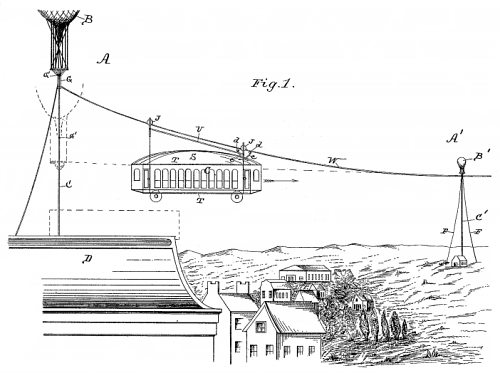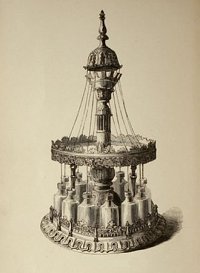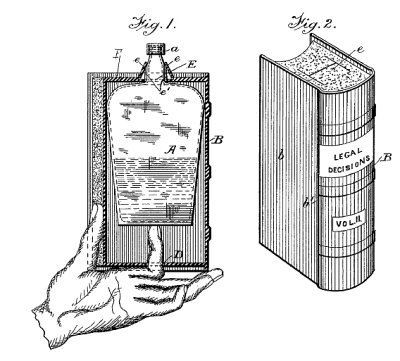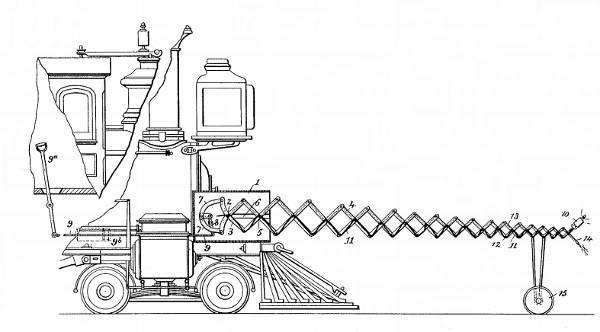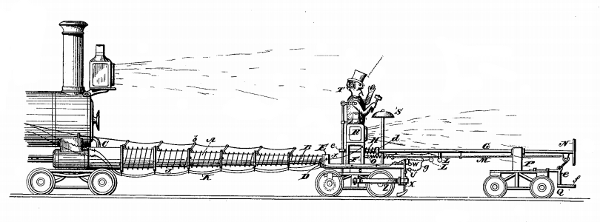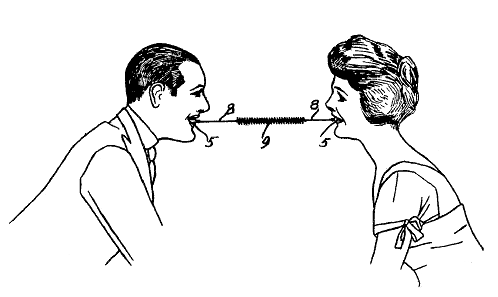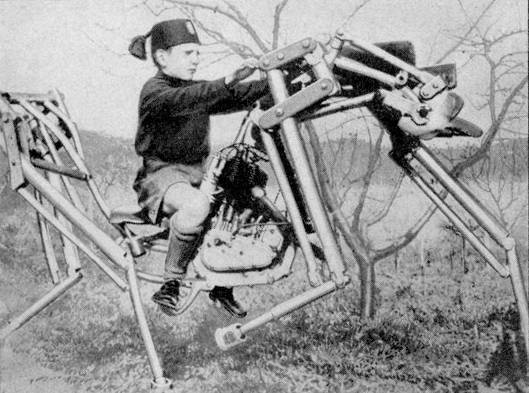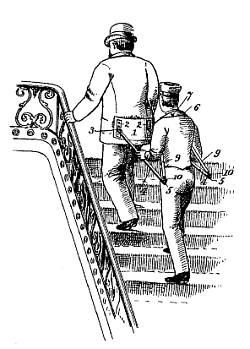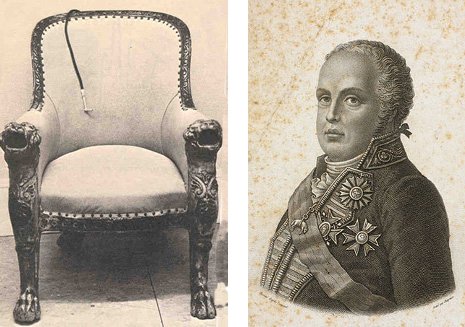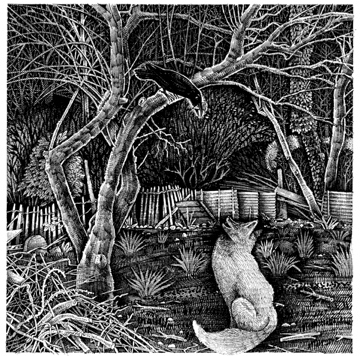
In the early 1970s, AI researcher James Meehan tried to teach a computer to retell Aesop’s fables. This was not always successful:
Once upon a time there was a dishonest fox and a vain crow. One day the crow was sitting in his tree, holding a piece of cheese in his mouth. He noticed that he was holding the piece of cheese. He became hungry, and swallowed the cheese. The fox walked over to the crow. The end.
Henry Ant was thirsty. He walked over to the river bank where his good friend Bill Bird was sitting. Henry slipped and fell in the river. He was unable to call for help. He drowned.
One day Henry Crow sat in his tree, holding a piece of cheese in his mouth, when up came Bill Fox. Bill saw the cheese and was hungry. He said, ‘Henry, I like your singing very much. Won’t you please sing for me?’ Henry, flattered by this compliment, began to sing. The cheese fell to the ground. Bill Fox saw the cheese on the ground and was very hungry. He became ill. Henry Crow saw the cheese on the ground, and he became hungry, but he knew that he owned the cheese. He felt pretty honest with himself, so he decided not to trick himself into giving up the cheese. He wasn’t trying to deceive himself, either, nor did he feel competitive with himself, but he remembered that he was also in a position of dominance over himself, so he refused to give himself the cheese. He couldn’t think of a good reason why he should give himself the cheese, so he offered to bring himself a worm if he’d give himself the cheese. That sounded okay, but he didn’t know where any worms were. So he said to himself, ‘Henry, do you know where any worms are?’ But of course, he didn’t, so he …
“The program eventually ran aground for other reasons,” Meehan writes. “I was surprised it got as far as it did.”
(From Meehan’s The Metanovel: Writing Stories by Computer, 1980.)

